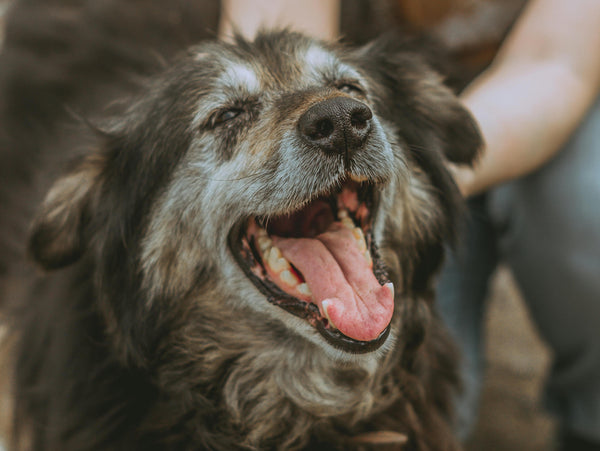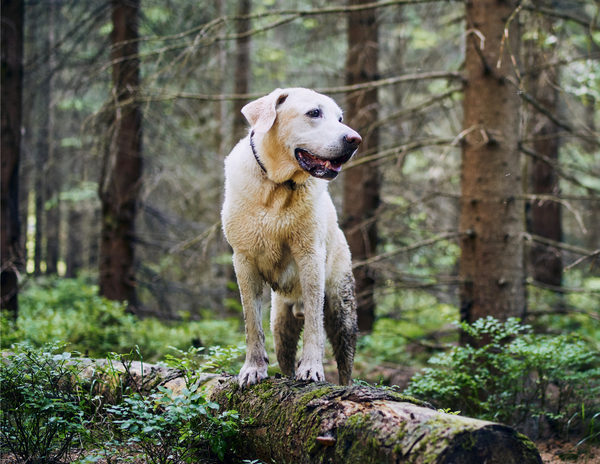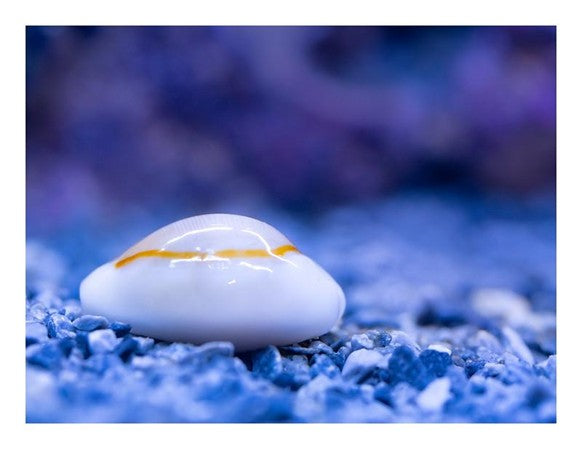Seahorses are a beautiful and one-of-a-kind creature that reside in our oceans. It is surreal to me that aquarium keeping has evolved to a level where we are able to keep these magical animals happy & healthy in captivity. By understanding the care and housing they need, you can keep a group of seahorses in your very own home.
Tank Size
Seahorses favor taller aquariums, generally with a minimum height of 18". This is because unlike traditional fish, seahorses are vertically oriented. This is dependent on the type of seahorse you are caring for, as some are larger than others. A good general rule to use is the height of the aquarium should be 3-4x times of the adult size seahorse, 40 gallon minimum. This is why it is imperative to adequate research beforehand. Naturally, it is best to get the largest aquarium you can afford or have room to keep. The larger the tank, the easier it is to keep your water parameters constant.
Tank Specs & Water Parameters
Seahorses require a very good filtration system, as keeping the water quality top notch in a seahorse aquarium is vital. We recommend the use of a sump filtration system. Sump filters add water volume to your aquarium, effectively increasing the margin for error in your water quality. In addition, you can separate your water output into 2 or more outputs to lower your water flow. Seahorses are not strong swimmers, and will not do well in high flowing water. Sea horses can produce a surprising amount of waste for their size, you want your filter system to filter no less than 2x the volume of your display aquarium size per hour.
Quick Specs:
| Temperature | Alkalinity | pH | Salinity |
| 72-78° F | dKH 8-12 | 8.0-8.4 | 1.021-1.025 |
Decoration & Environment
The setup for a seahorse aquarium will be similar to a "live rock fish only" marine set up. Because seahorses favor low light and a lower temperature than most tropical fish, trying to keep corals in your tank is not recommended. In addition to your live rock, you will need to add "hitching posts" (seen in photo above) so the seahorses have something to anchor on to. Faux corals and silk plants work great, so long as they are anchored down. The addition of macroalgae provides lots of natural hitching posts, and helps the seahorses feel at home in their natural environment. Seahorses are a little difficult to find adequate tank mates, however most snails and small hermit crabs are great and will help clean up leftover food.
Feeding
Feeding your seahorses once per day is simply not enough. In captivity, seahorses should be fed at least twice per day. Most seahorses require a varied diet but will happily accept most available frozen fish foods, including mysis shrimp, brine shrimp, plankton, krill, ghost shrimp, and cyclops. If you choose to hand feed your, a turkey baster or some sort of syringe-type feeding device will be your best option. This way you can deposit food in small doses right in-front of your seahorses. Most seahorse should eat between 6-8 shrimps twice a day. If you do not have time to hand feed, setting up a feeding station is much more convenient.
Health
Closely monitor your seahorses for color changes; a radical color change may be the result of stress. Seahorses have individualized patterns on their hides called “saddle markings,” which do not usually change when a seahorse changes camouflage coloration, though they may become more pronounced or fade slightly. A stressed horse, however, may lose these saddle markings completely. If you suspect a seahorse may be ill, seek veterinary help.




